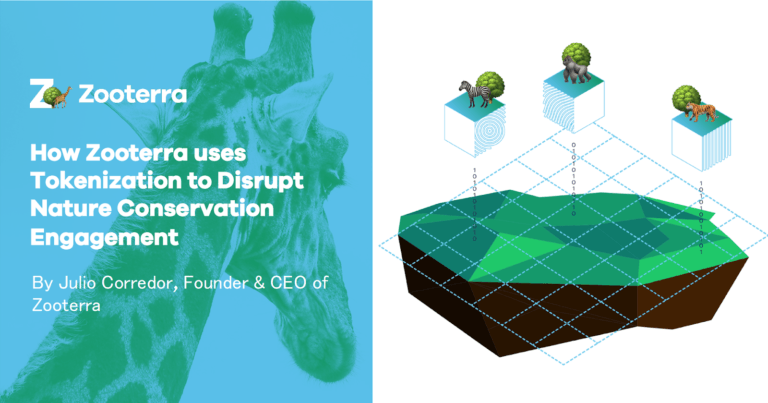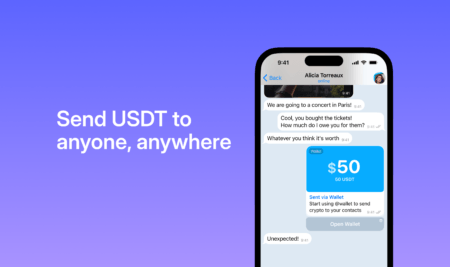For centuries, industries have been disrupted by companies that figure out ways to deliver products and services better, faster and cheaper. In the early days of the digital revolution, companies built websites as a store-front for providing basic information about their business. With the advent of software interactivity, mobile, and blockchain technology, startups have outpaced legacy businesses at bringing new products to the doorstep of their customer.
As we watch the inexorable transformation of their respective industries by Amazon, Tesla, Netflix and Apple, it is clear that those most successful in the digital age work backwards from the customer needs and use the growing vault of customer data to create personalized experiences that delight their customers.
It is critical for every industry to recognize when digital technology and tokenization can provide an opportunity to drastically improve customer engagement and growth. For nature conservation, that time is now.
Limitations of the current nature conservation engagement model
Nature has never been more vulnerable than it is today. Despite gaining $125 trillion of value from nature every year, we have lost 60% of wildlife populations, 50% of rainforests, and 33% of protected land, making us more vulnerable to climate change.
In 2017, individuals in the US contributed $390B in annual charity donations, yet only $9B went towards environmental causes with low contribution levels from younger audiences. The latter represents a particular disconnect, given that environment degradation and climate change are seen as the main global issue among Millennials.
Existing donor engagement models lack transparency, personalization, and follow-up, with 82% of donors not fully knowing where their money is going or whether its having an impact. Donors get frustrated by their inability to track the impact of their donation and select the specific location, project, or wildlife they would like to support. This limited user experience lags behind digital norms and makes it particularly challenging to compel more people to get involved.
Zooterra powering the digital transformation and tokenization in nature conservation
Tapping into cutting edge technology, Zooterra is the first platform to bring together geolocation, digital tokens, and satellite imaging to reimagine how people engage in nature conservation. We believe that people should not have to sacrifice transparency and ease-of-use to reap the benefits of supporting nature conservation.
On the platform, users can buy a digital token called terra associated with 1-hectare of natural area and wildlife from around the world. The proceeds from terra sales go to specific projects linked to the areas and wildlife selected. Zooterra transforms the existing user experience for people who want to support nature conservation by providing:
- Ownership of and gamification through digital tokens called “terras” linked to specific natural areas and wildlife
- Transparency by funding specific projects, wildlife, and communities that can be visualized through geolocation
- Seeing impact through project updates and habitat status satellite imaging
- Personalization through a unique experience for each user as users collect terras from around the world
By purchasing a terra, individuals have a vested ownership in the collectible and consequently become guardians to the conservation of the natural area and wildlife linked to it. The ownership of the unit is recorded and viewable on the platform ensuring uniqueness and rarity of the collectible.
At the moment of purchase, users have full transparency about the conservation effort to take place. They know the project that is being supported and its conservation goals. They also know the amount that will be contributed and the organization that will receive the funding to execute the project on the ground. Each terra also indicates the types of wildlife that live in that area, so they understand the full context of their conservation support.
Understanding of the impact of the conservation efforts is then enabled through project updates that keep the user informed and connected to the teams working on the project on the ground. Periodic habitat analysis through satellite image analysis or verified habitat reviews becomes a source of truth as the data comes from an objective source and helps align all stakeholders on the progress being made.
Through these different mechanisms, Zooterra personalizes the experience by more directly connecting consumers to natural areas and wildlife. This breaks the degrees of separation between people and nature and creates the opportunity for more meaningful engagement and to generate more funding for conservation.
Only by leveraging the tools and methodologies of the digital age to create a modern user experience will we be able to engage more people in nature conservation, at a time when it needs it most.
Become a Guardian of Nature today by visiting www.zooterra.com









